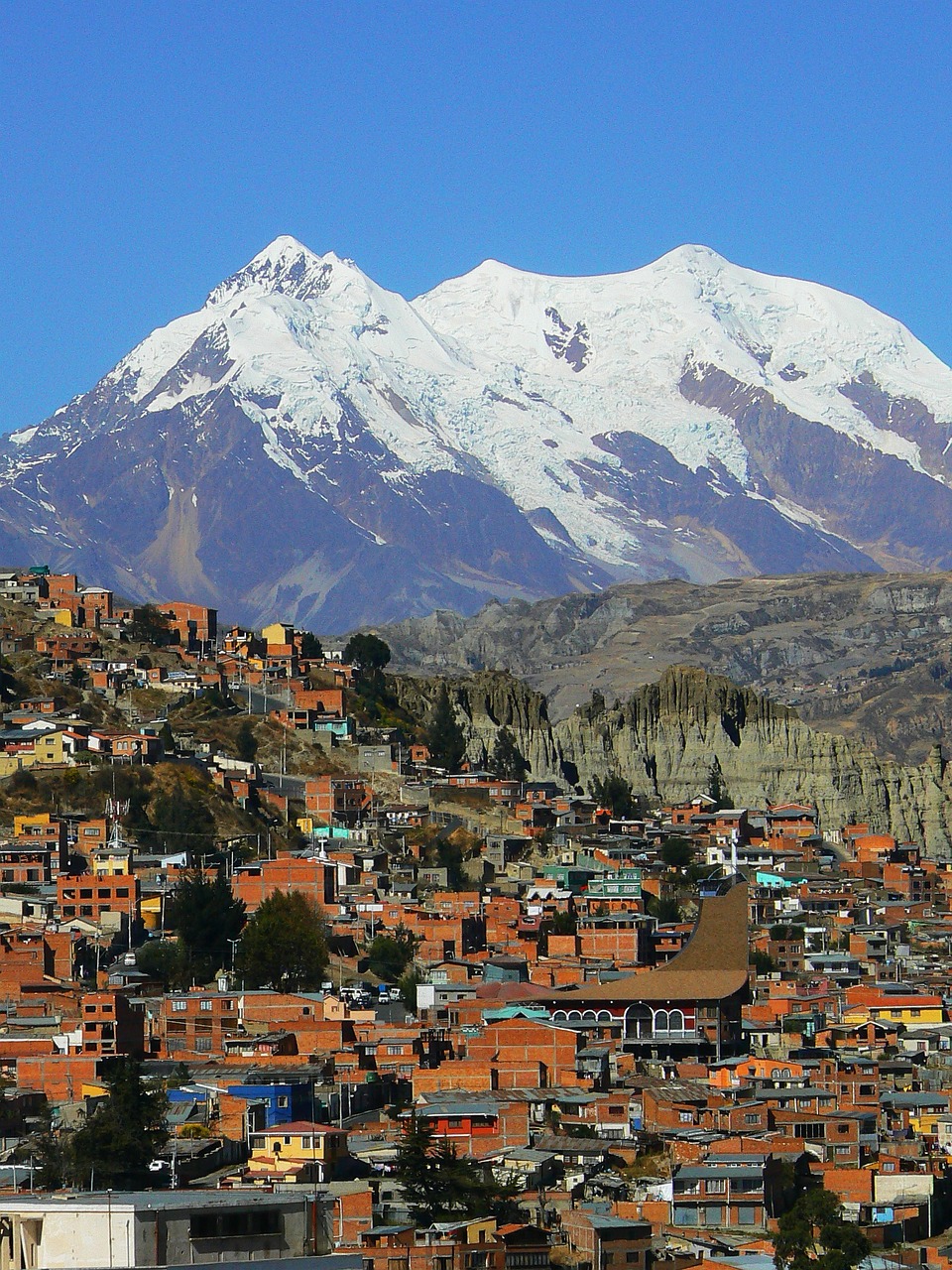
La Paz, Bolivia, is a city of contrasts, where ancient traditions blend with modern life, all set against the backdrop of the stunning Andes Mountains. As one of South America’s most unique destinations, La Paz attracts adventurous travelers with its vibrant culture, bustling markets, and breathtaking landscapes. However, safety is often a concern for those planning a visit. In this blog post, we’ll explore the safety situation in La Paz, providing you with the information you need to enjoy your trip with confidence.
General Safety Overview
La Paz is generally safe for tourists, but like any major city, it comes with its challenges. Petty crime, particularly pickpocketing and bag snatching, is the most common issue, especially in crowded areas like markets, bus terminals, and popular tourist spots. Violent crime against tourists is less common, but it’s important to stay vigilant and take standard precautions.
Overall, if you exercise common sense and stay aware of your surroundings, you can have a safe and enjoyable experience in La Paz.
Petty Crime and How to Avoid It
Petty theft is the most prevalent issue for tourists in La Paz. Thieves often target crowded places like the famous Witches’ Market (Mercado de las Brujas), Sagarnaga Street, and the San Francisco Plaza. Here are some tips to minimize the risk:
- Keep your belongings secure: Use a money belt or an anti-theft bag that you can keep close to your body. Avoid carrying large amounts of cash or wearing expensive jewelry.
- Be cautious with your phone and camera: Try not to display your electronics openly, especially in busy areas. When taking photos, be mindful of your surroundings.
- Stay alert in crowds: In busy places, be aware of your personal space. Pickpockets often work in pairs or groups, using distractions to steal from unsuspecting tourists.
Neighborhood Safety
La Paz is a sprawling city with neighborhoods that vary greatly in terms of safety. The downtown area, including the neighborhoods of Sopocachi, Miraflores, and the historic center, are generally safe during the day and well-patrolled by police. These areas are where most tourists stay, as they are close to key attractions, restaurants, and hotels.
However, some neighborhoods, particularly those on the outskirts of the city, may be less safe, especially after dark. It’s advisable to avoid walking alone at night in poorly lit or unfamiliar areas. If you need to travel at night, use a registered taxi or a ride-hailing service like Uber, which operates in La Paz. For more information on the best neighborhoods to stay in La Paz, check out this neighborhood guide.

Transportation Safety
Public transportation in La Paz, including minibuses and micros (small buses), can be chaotic but is generally safe to use during the day. However, it’s important to keep an eye on your belongings, as petty theft can occur on crowded buses.
Taxis are a convenient way to get around, but it’s essential to use registered taxis rather than hailing one off the street. Ideally, have your hotel or restaurant call a taxi for you, or use a ride-hailing app like Uber. Always confirm the fare before starting your journey, as some drivers may attempt to overcharge tourists.
For an unforgettable experience, try the Mi Teleférico, La Paz’s cable car system. It’s not only the safest mode of transportation in the city but also offers stunning panoramic views of La Paz and the surrounding mountains. Learn more about public transportation in La Paz to navigate the city safely.
Altitude Sickness and Health Precautions
La Paz is one of the highest capital cities in the world, sitting at an altitude of about 3,650 meters (11,975 feet) above sea level. Many visitors experience altitude sickness, especially within the first couple of days. Symptoms can include headaches, dizziness, nausea, and shortness of breath.
To minimize the effects of altitude sickness:
- Acclimatize gradually: If possible, spend a couple of days in a lower-altitude location like Sucre or Cochabamba before arriving in La Paz.
- Stay hydrated: Drink plenty of water, and avoid alcohol and caffeine, which can dehydrate you.
- Take it easy: Don’t overexert yourself during the first 24-48 hours. Give your body time to adjust to the altitude.
- Consider medication: Consult with your doctor about medications like acetazolamide (Diamox), which can help prevent altitude sickness.
Medical facilities in La Paz are generally adequate for minor issues, but for more serious health concerns, it’s recommended to have travel insurance that covers medical evacuation.
Natural Hazards
While La Paz is not particularly prone to natural disasters, it’s worth noting that the city is in a seismically active area. Earthquakes are rare but can occur. The city is also built on steep terrain, so landslides are a potential risk, especially during the rainy season (November to March).
If you’re planning to hike or explore the surrounding mountains and valleys, be sure to check weather conditions and stay on designated trails. Hiring a local guide can enhance your safety and provide valuable insights into the region.
For real-time updates on weather and natural hazards in Bolivia, visit the Bolivian Meteorology and Hydrology Service (SENAMHI).
La Paz is a fascinating destination with a unique blend of culture, history, and natural beauty. While the city presents some safety challenges, these can be managed with common-sense precautions and a little preparation. By staying alert, using trusted transportation, and being mindful of the altitude, you can enjoy all that La Paz has to offer.
Whether you’re exploring the bustling markets, taking in the views from Mi Teleférico, or venturing into the nearby mountains, La Paz is sure to provide an unforgettable travel experience. Safe travels!


Leave a Reply